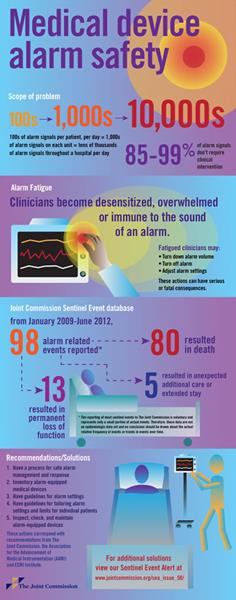A nurse who committed a medical error and injured a nursing home patient by administrating morphine instead of a muscle relaxant and then tried to cover her error by falsifying documents was indicted by New York Attorney General Eric T. Schneiderman
A wheelchair-bound resident of a Long Island nursing home suffered serious personal injury after a nurse committed a medical error and injected him with morphine instead of a prescribed muscle relaxant and then attempted to cover up her error by falsifying documents. The nursing home resident overdosed and had to be admitted to a hospital where Narcan, a medication to counter the effects of an opiate overdose was administered. The nurse, Vicki Price, was charged recently with one count of endangering the welfare of a vulnerable elderly person, or an incompetent or physically disabled person, in the second degree, a class E felony; one count of endangering the welfare of an incompetent or physically disabled person, a class A misdemeanor; one count of willful violation of the public health laws, an unclassified misdemeanor; and two counts of falsifying business records in the first degree, a class E felony. She faces up to 1 1/3 to 4 years in prison if convicted.
Read more in the Press Release
 New York Personal Injury Attorneys Blog
New York Personal Injury Attorneys Blog


 A settlement in the amount of $1,750,000 was obtained by our partners New York Medical Malpractice Attorneys
A settlement in the amount of $1,750,000 was obtained by our partners New York Medical Malpractice Attorneys  The unintended retention of foreign objects (URFOs) is
The unintended retention of foreign objects (URFOs) is 
 Our partner,
Our partner, 